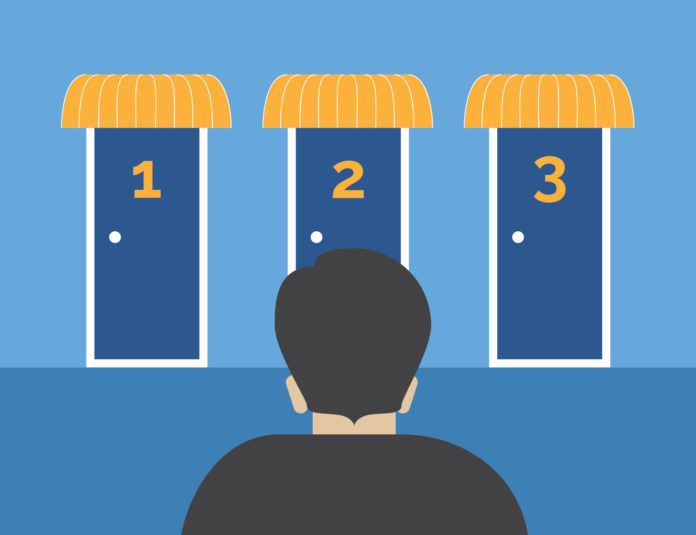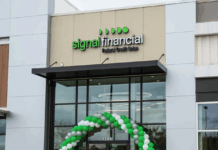Customers, especially those in the digital space, increasingly have more choices than ever before. Most of us generally assume that more variety is linked to higher levels of satisfaction, but this need not always be true. Choice proliferation without sufficient customer support, which assists the customer during and after the buying process, may be linked to customer dissatisfaction. Businesses that fail to invest in the happiness of their customers are more likely to fail in the digital marketplace.
Explaining the Paradox of Choice:
In his book, The Paradox of Choice, and this TED Talk Barry Schwartz talks about an increasingly ubiquitous phenomenon: that although the variety presented by advances in technology is helping consumers meet their various needs, it is reducing their happiness as customers. “I want the kind that used to be the only kind”, Schwartz demanded from a shopkeeper at the end of his visit to a department store to buy a pair of jeans. He had spent a prevaricatory afternoon trying out a combination of fits and shades of denims only to have eventually walked out dissatisfied with his purchase.
Schwartz attributes this paradox to two main reasons. First, technological development and innovation has resulted in rapidly branching product lines. A quick jaunt to the closest Trader Joe’s leaves a customer with 50 options of orange-flavored beverages – from pure juice to orange colored soda. It is unlikely that customers have the time to evaluate every option available and often feel like they are forced to settle.
Second, a customer is likely to implicitly associate more options with lower quality of each individual option. While differentiation may give a consumer more options to choose from, this does not always improve the quality of an individual variant. For example, when Apple launches an iPhone with 5 color options, a customer is likely to think that each of these phones is of superior quality than if Apple launched the same phone in only black. Even though the product specifications in both cases are the same, because the customer has to do more work to make a selection, he expects a higher payoff.
What Does this Mean for Businesses?
One of Steve Jobs’ first steps upon returning to Apple was to cut the number of desktop options available. “…I figured if I can’t figure it out working inside Apple with all these experts telling me into it, how are our customers going to figure this out?”, said Jobs, when explaining his strategy. What applies to a tech company does not necessarily apply to, say, insurance firms or banks, but Jobs’ logic holds true. Customers need assistance in finding products that best fit their needs. And the more products to choose from, the more assistance they need.
Businesses must balance product development and diversification with investment in customer engagement and support, if they want to see happy customers. Due to the Paradox of Choice, this could mean reducing the options available, as in the case of Apple, or investing in providing customers the assistance they need.
Lessons for E-Banking
So what should businesses do when variants are critical to their business models – as in the case of insurance or mutual funds providers? To counter the dilution in customer satisfaction as observed by Schwartz, business need to ensure that they communicate the differences between various choices to the customer. Schwartz might even argue that the ideal business model should prescribe the best fit to the customer, much like the white-glove service one might expect when walking into a high-end luxury retail store.
Providing the right customer experience is increasingly challenging as businesses migrate online. Ecommerce has disrupted the natur3e of customer service and most sellers have been caught cold, unable to provide the service customers are accustomed to in physical stores. The industry benchmark for online investment services firms showed a 7% drop in Year over Year customer satisfaction in the 2015 American Customer Service Satisfaction Index.
Not allocating resources towards customer service could result in the customer being dissatisfied with her selection. The cognitive reason responsible for this dissatisfaction is hard to pinpoint since on the surface the customer’s needs have been met; at the same time, the customer is less likely to be a repeat buyer.
As more consumers migrate into the digital marketplace, revenue generated online by US firms has gone up by 275% over last decade, they are more likely to make decisions in the isolated confines of their living rooms. Increasing product options compounded with little to no assistance from the seller naturally leads to customers reporting low satisfaction, and therefore low conversion levels.
A Millward Brown study shows that customers factor-in convenience and service over interest rates and premiums when making personal financial decisions. Enterprises that are cognizant of the flux caused in the marketplace because of a combination of technological disruption and consumers reacting to choice proliferation can gain a key competitive advantage over their rivals in the marketplace by acting early. They have the unique opportunity to create customer experiences that matter.
The Paradox of Choice is inevitable for most businesses if they want to succeed in today’s business environment. It is necessitated by the pace of change in technology and our improved understanding of human behaviour. As businesses begin to understand the effect of increased choices, and therefore invest in the happiness of their customers, they will enhance their chances of success in the digital marketplace.





